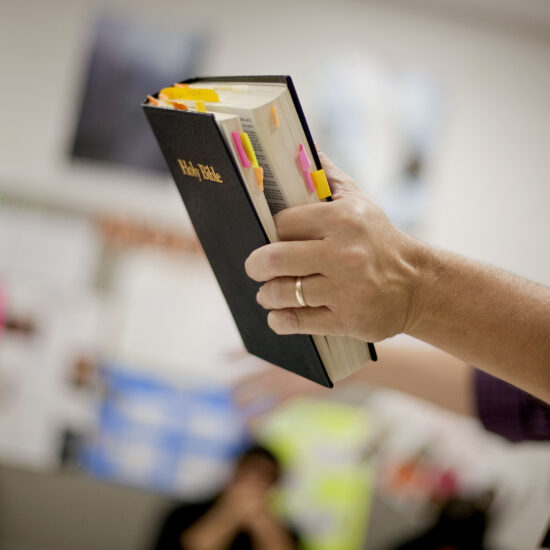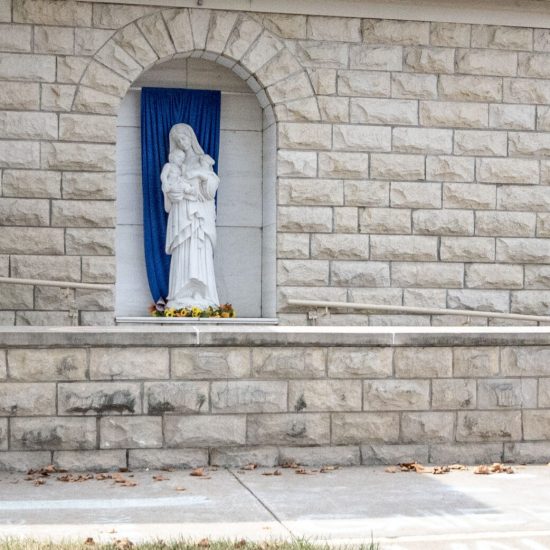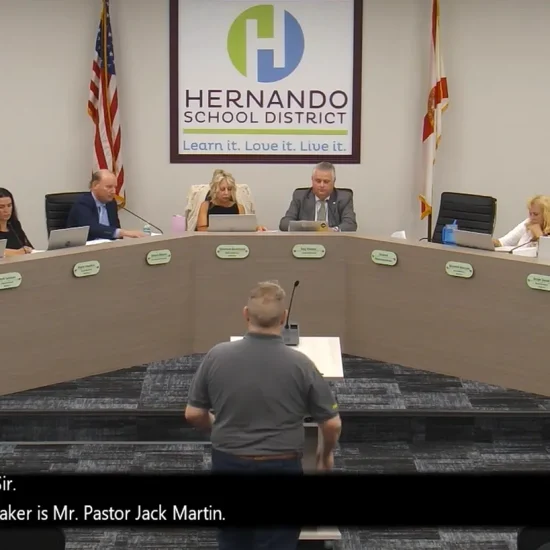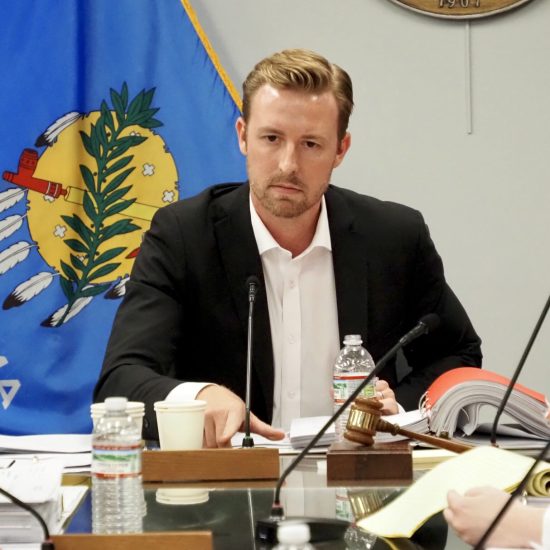
Funding for K-12 schools in the U.S. has increased in recent years, but in 24 states, it remains below levels before the “Great Recession,” according to a Center on Budget and Policy Priorities’ (CBPP) report published March 6.

Photo by pan xiaozhen on Unsplash
Protests and teacher walkouts in Arizona, North Carolina, Oklahoma and West Virginia all resulted in funding increases, but CBPP assessments indicate that some of the means used to bolster spending will be difficult to sustain.
Kentucky protests helped defeat proposed legislation to cut teacher pensions, but per-student funding remains largely unchanged.
“Last year’s improvements in teacher pay did not fully reverse those cuts, and harm remains from other cuts imposed in earlier years,” the report said.
In 26 states, per-student funding has been raised above pre-recession levels (based on 2016 figures, the latest comprehensive data available), with North Dakota increasing funding the most (35 percent above 2008 levels) and Indiana the least (0.11 percent).
Alabama, Arizona, Idaho, Kansas, Kentucky, Michigan, Mississippi, North Carolina, Oklahoma, Texas and Utah – which enacted the deepest spending cuts (8 percent or more) during the recession – all remain below 2008 levels, along with 13 other states.
For the 2018-19 school year, Oklahoma raised its per-student spending by 18 percent, the most among these “deep cut” states.
Even with this increase, the Sooner State remains 15.3 percent (inflation adjusted) below 2009-10 per-student spending levels.
Other states increasing per-student spending were Arizona (9 percent), West Virginia, North Carolina and Idaho (all 3 percent), Utah and Kansas (both 2 percent), Alabama (1 percent) and Michigan (0.5 percent).
Even so, all of these states remained between 3 percent and 15 percent below 2009-10 per-student spending levels.
CBPP found that Texas cut per-student spending by 4 percent for 2018-19 (the funding formula reduces state contributions as local property tax revenue for schools increase), leaving the Lone Star State 20 percent below pre-recession levels in terms of state funding.
Only two other states – Mississippi (down 1 percent) and Kentucky (down 0.3 percent) – cut the state portion of per-student spending for the current school year.
“Steep funding cuts make it hard for states to improve teacher quality, reduce class sizes, extend learning time and enact other reforms that, research indicates, improve student outcomes,” the report said. “States that provide inadequate funding for their schools weaken those states’ futures and put them at risk of falling behind other states that are investing in a better-educated future population.”
The full report is available here.
This article originally appeared on EthicsDaily.com.






